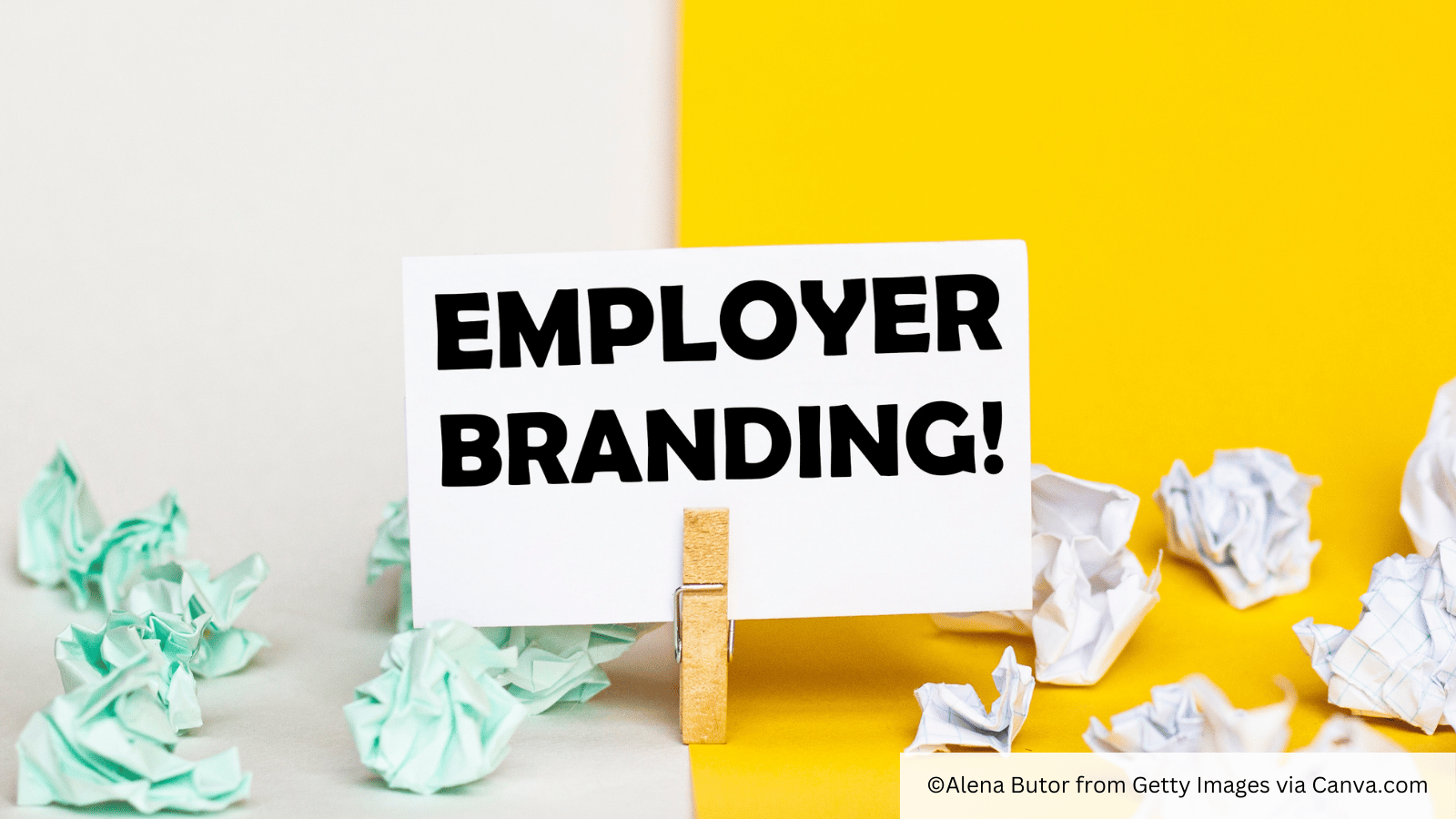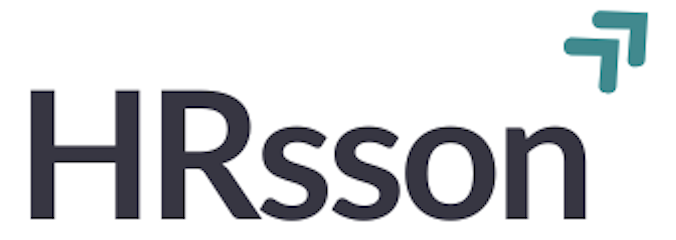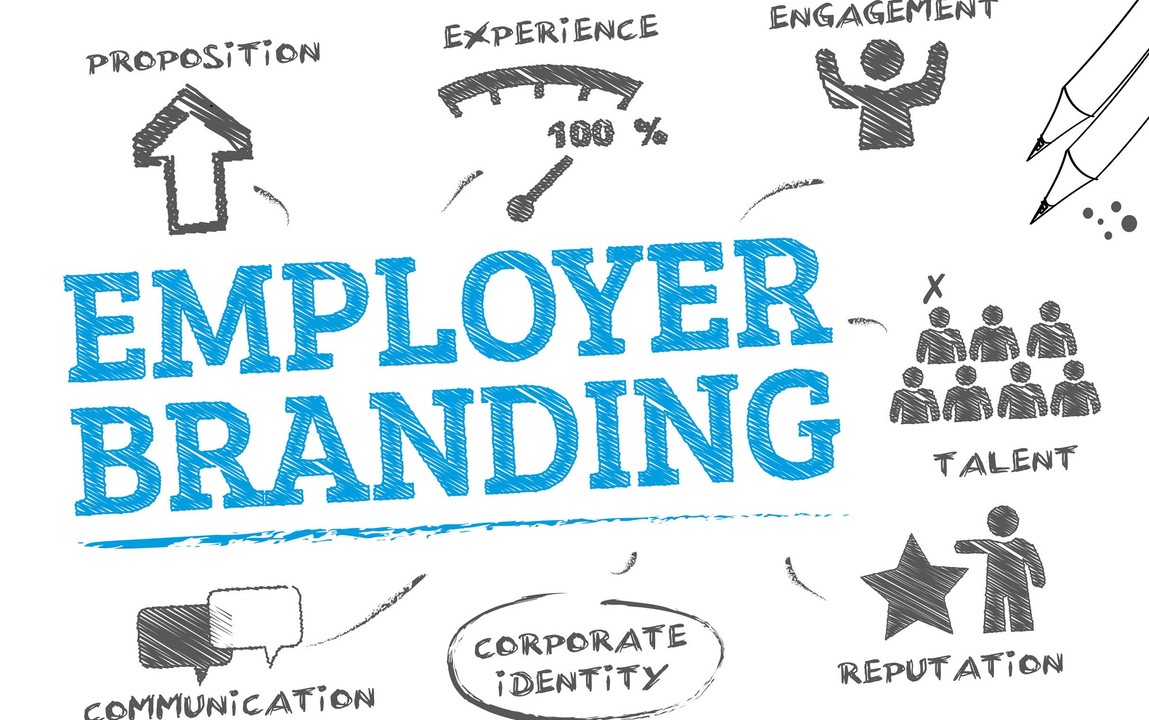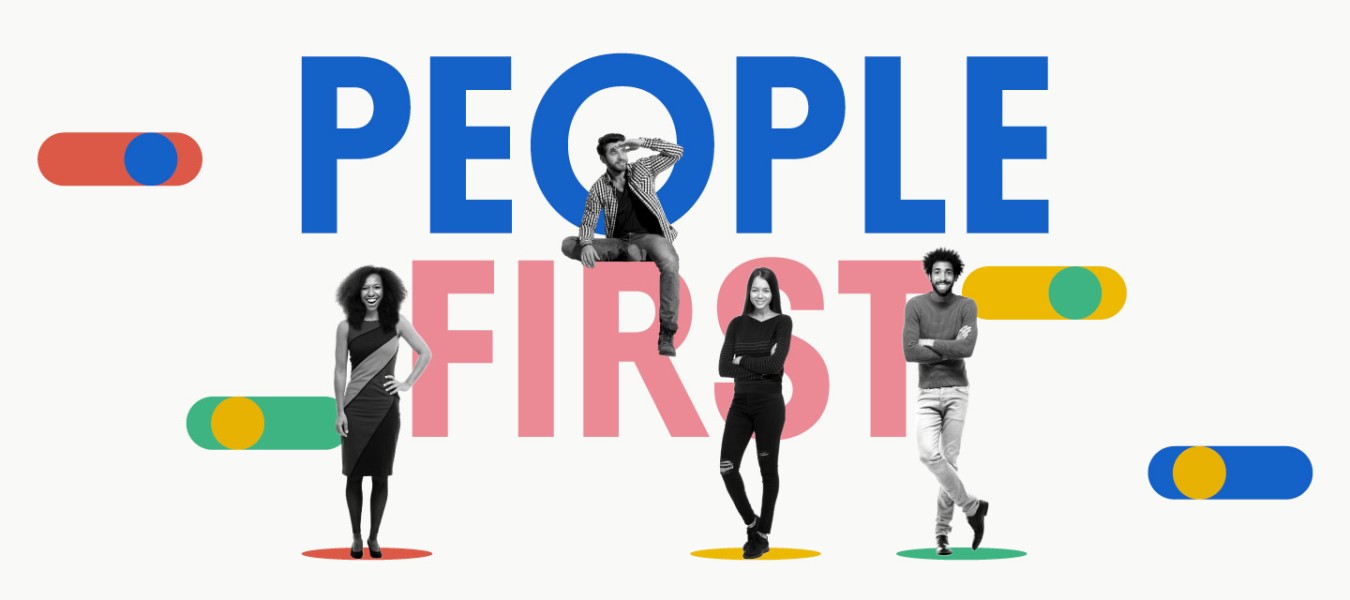
In today’s competitive market, businesses must communicate effectively with their customers, employees, candidates, and potential candidates. Two critical strategies for achieving this are Public Relations (PR) and Employer Branding. Although they share some similarities and can overlap, they serve distinct purposes and target different audiences. Let’s explore the nuances that differentiate PR from Employer Branding.
What is Public Relations (PR)?
Public Relations is the strategic communication process that builds mutually beneficial relationships between organizations and their publics. PR aims to shape and maintain a positive image of the organization in the eyes of the public, including customers, investors, the media, and other external stakeholders.
Key Elements of PR:
- Media Relations: Crafting and distributing press releases, managing media inquiries, and facilitating interviews to generate favorable media coverage.
- Crisis Management: Handling negative events or publicity to protect and restore the organization’s reputation.
- Community Engagement: Participating in or supporting community initiatives to build goodwill.
- Reputation Management: Monitoring public perception and addressing any issues that could harm the organization’s image.
Objectives of PR:
- Enhance visibility and credibility
- Foster trust and goodwill
- Manage negative publicity
- Support brand marketing and positioning
In sectors like iGaming, where public perception can shift quickly due to regulatory or ethical concerns, the role of PR is particularly crucial. For example, when one operator launched in a new market, aligning press coverage with messaging around responsible gaming and local partnerships helped establish both legitimacy and trust from day one.
What is Employer Branding?
Employer Branding is the process of promoting a company as the employer of choice to a desired target group that the company needs and wants to attract, recruit, and retain. It involves shaping perceptions and building a positive image of the company as a workplace in the eyes of both current employees and potential job candidates.
Key Elements of Employer Branding:
- Employee Value Proposition (EVP)
- Internal Communications
- Recruitment Marketing
- Onboarding and Employee Experience
- Employee Advocacy
Objectives of Employer Branding:
- Attract and retain top talent
- Strengthen employee engagement
- Reduce time and cost to hire
- Build long-term cultural alignment
In iGaming, where global talent competition is intense, employer branding can make the difference between top candidates choosing your company or the competitor next door. For instance, one company improved application quality after building a regional EVP that highlighted hybrid work, high-impact roles, and international career growth, crafted after employee interviews and engagement surveys.
Key Differences Between PR and Employer Branding
| Aspect | PR | Employer Branding |
| Focus | Builds the organization’s overall image | Promotes the company as an employer |
| Audience | External stakeholders: public, investors, customers, media | Internal and external talent: current and potential employees |
| Tactics | Media coverage, press releases, community involvement | Internal comms, EVP, career sites, employee stories |
| Goal | Public perception and reputation | Talent attraction, retention, and engagement |
The Intersection of PR and Employer Branding
While distinct, PR and Employer Branding often reinforce one another. A strong public image boosts employer appeal, while a healthy workplace culture often becomes a powerful PR asset.
We’ve seen this intersection in practice when companies feature employee stories in media outreach, especially effective in tech and iGaming, where behind-the-scenes transparency builds both credibility and candidate interest. A culture of innovation or remote flexibility, for instance, becomes more impactful when shared both in job ads and public channels.
Final Thoughts & How We Approach It at HRsson
Understanding the difference between PR and Employer Branding helps companies align their voice, both externally and internally. Together, they shape how the world sees your business, and how people feel about working there.
At HRsson, we approach this by first understanding a company’s culture and goals. We then translate that into authentic messaging, internally through EVP and onboarding experiences, and externally via talent campaigns and leadership alignment. Whether it’s through employee-driven content, strategic partnerships, or crisis-proof communication, we aim to help companies create workplaces worth talking about.
 Colors
Colors  Docs
Docs  Support
Support 


